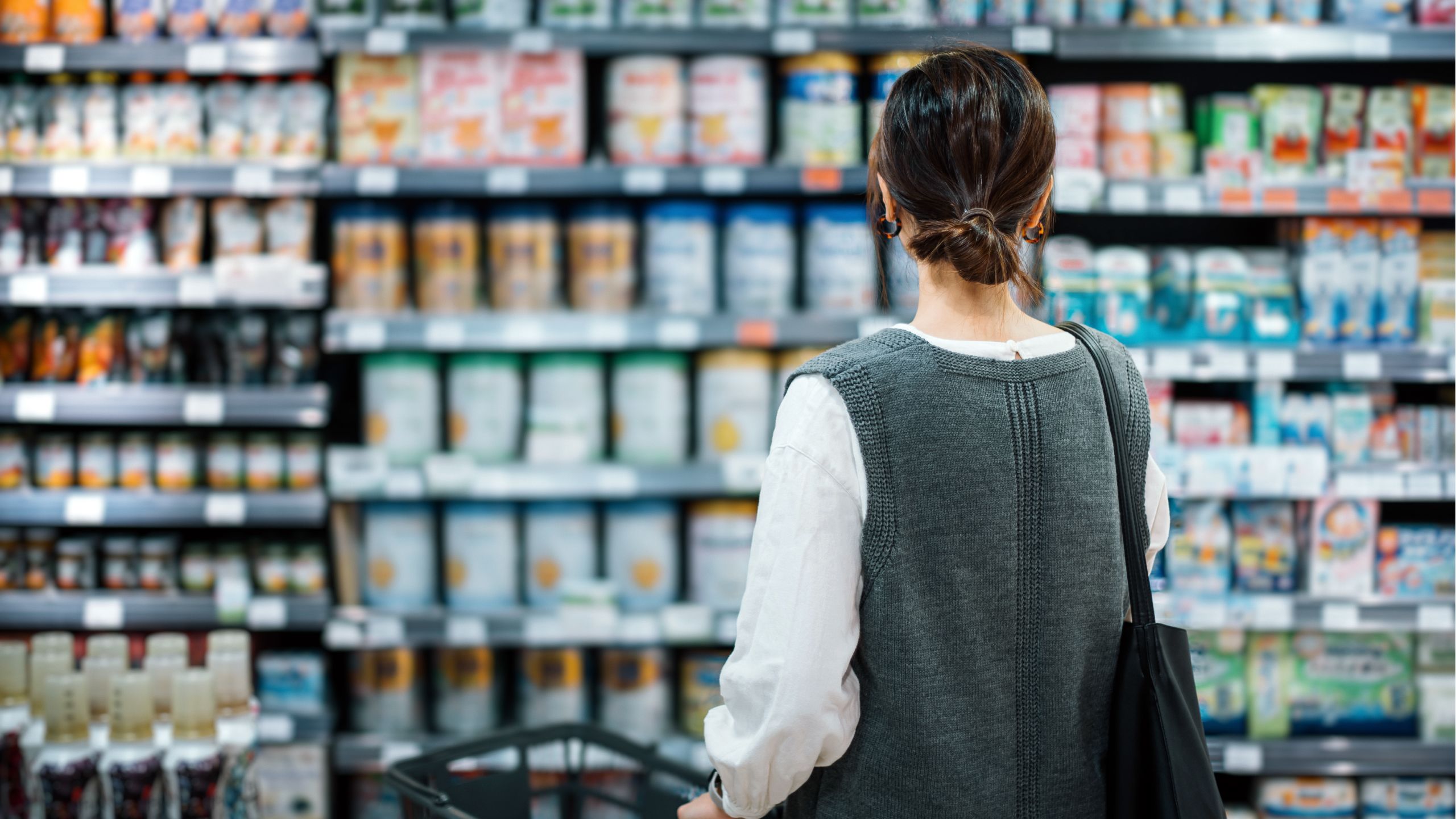CONSUMER PRODUCTS (CP)
Industry Brief

CP companies enjoyed a resurgence of revenues and margins in 2021, driven by two seemingly contradictory currents. On the one hand, some of the most in-demand CPs items—such as hair extensions, shapewear, and false eyelashes—reflected consumers’ urge to get out of the house after long months of isolation, dress up, and socialize. On the other, the popularity of products such as athleisure wear, hand-held vacuum cleaners, and air fryers spoke to consumers’ desire to make the best of staying safe at home. Whatever their motivation, both groups welcomed the arrival of 2021 with relief and a lengthy shopping list.
Consumer product companies report smaller shifts overall but continue to feel the impact of COVID-19

But the industry’s comeback from COVID-19 has been anything but smooth, as lagging vaccination rates, rising prices, and above all, supply-chain disruptions tested CP companies’ resilience and ingenuity. Apparel makers, for example, struggled to keep supply chains running in the face of repeated plant closings in Vietnam, a major apparel exporter whose population remains largely unvaccinated. Leisurewear powerhouses Nike and Lululemon, among others, warned investors that Vietnam’s struggles to contain the virus could crimp sales and inventories through the 2021 holiday season. In a further sign the impact the supply chain crisis’ is having on consumer-facing businesses, the U.S. Commerce Department reported that the inventory-to-sales ratios (which measure the ability of stores to keep their shelves stocked) of apparel retailers and wholesalers stood at 1.9% and 1.8% in July 2021, respectively, down sharply from the 2.4% and 2.1% figures that prevailed in the three years preceding the outbreak of the pandemic.
The crisis made itself felt in other ways as well, as supply chain disruptions and higher-trending energy prices pushed up the cost of packaging materials commonly used in the food industry. Beverage makers had to contend with surging aluminum prices driven by partial closures of smelters in China’s Xinjiang region, the source of nearly 20% of the world’s supply. By no coincidence, the number of times packaging was mentioned during U.S. earnings calls jumped from 48 in the second quarter of 2021 to 73 in the third. Food and beverage producers must also contend with limited cold-storage warehouse capacity, which they rely on to meet consumer demand for fresh products. Even as consumer goods companies work to diversify their suppliers and shorten supply chains, such constraints may continue to challenge them for months or years to come.
to confound the best-laid plans of consumer goods companies. Consider sweatpants, which media outlets such as The New York Times Magazine and GQ confidently proclaimed would remain fashion mainstays long after the pandemic had passed. As evidence, they presented Entireworld, a maker of color-drenched sweatpants whose sales jumped an astonishing 662% in March 2020. Instead of building on that success, however, Entireworld closed its doors in October 2021, citing drastically curtailed demand. The apparel maker’s story can serve as a timely reminder that whatever else is going on in the consumer goods business, the consumer remains in charge1.

References
1. Kelli Maria Karducki, “The sudden, uncomfy fall of the biggest pandemic fashion trend,” The Guardian, Nov. 18, 2021, https://theguardian.com/fashion/2021/nov/18/ sweatpants-pandemic-favorite-slubby-trend-over.
